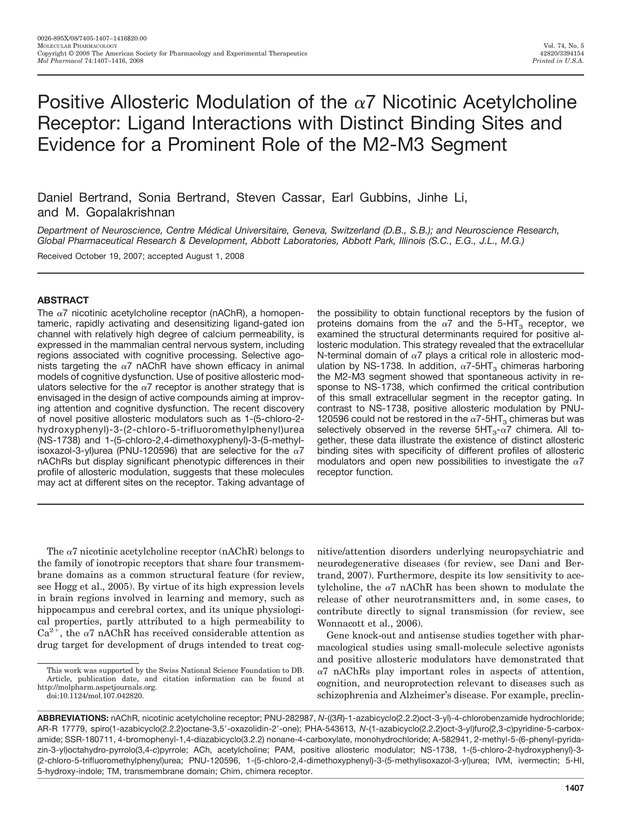
You do not have access to the full text of this article, the first page of the PDF of this article appears above.
MolPharm articles become freely available 12 months after publication, and remain freely available for 5 years.Non-open access articles that fall outside this five year window are available only to institutional subscribers and current ASPET members, or through the article purchase feature at the bottom of the page.
|
Log in using your username and password
Purchase access
You may purchase access to this article. This will require you to create an account if you don't already have one.






